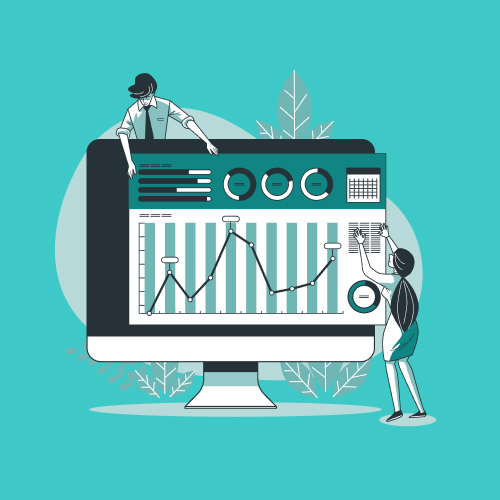HR analytics tools (also referred to as HR analytics software or data-driven HR tools) are applications and platforms designed to collect, process, and visualise workforce-related data.
These tools aggregate information from HRIS, payroll systems, recruitment portals, and engagement surveys to transform raw data into insights.
By leveraging metrics such as headcount, turnover rate, and employee demographics, HR professionals can identify patterns, diagnose challenges, and forecast future workforce trends.
Key functions of HR analytics tools include:
- Data integration from multiple sources
- Descriptive reporting on past metrics
- Diagnostic analysis to uncover root causes
- Predictive modelling for future scenarios
- Prescriptive recommendations to guide decisions
Why HR analytics matters today
Organisations have evolved from relying on manual spreadsheets and anecdotal feedback to adopting HR analytics dashboards and AI-driven engines. This evolution spans:
- Manual era: Basic headcount and turnover logs in CSV files.
- Reporting era: Automated descriptive reports in Excel.
- Advanced analytics era: Predictive models using R and Python.
- AI-driven insights era: SmartAssist chat-driven guidance, sentiment analysis in MiHCM Data & AI.
Core benefits
- Improved decision-making: Data-powered workforce decisions to reduce turnover and boost performance.
- Optimised recruitment: Analytics-driven pipelines cut time-to-hire and improve candidate fit.
- Enhanced productivity: Identifying overtime patterns and timesheet anomalies for better resource planning.
- Proactive planning: Predicting absenteeism and workforce gaps ahead of peak demands.
As a strategic imperative, HR analytics positions professionals to move beyond intuition and leverage measurable insights.
Whether deploying basic performance management tools for HR or tapping into full-featured analytics engines, modern HR teams can shape workforce strategy with data-backed authority.



